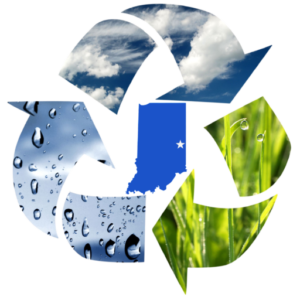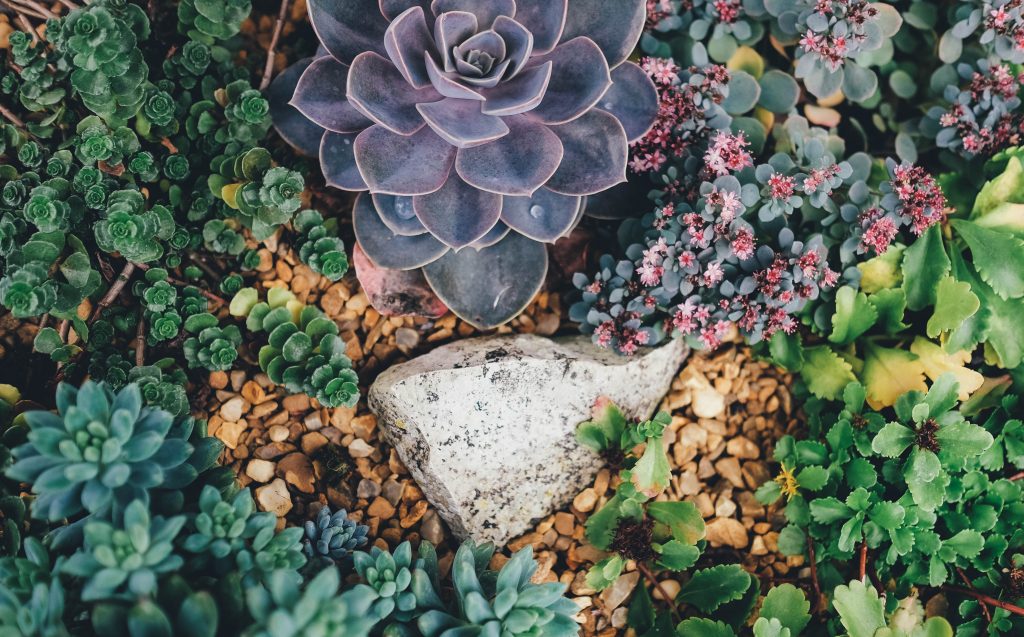Did you know? According to a study by the National Research Council, suburban lawns and gardens receive more pesticide applications per acre (3.2 – 9.8 lbs.) than agriculture (2.7 lbs. per acre on average).
Spring is here, and the call of the outside brings us to our gardens and yards with a passion. And along with the birds and flowers and grass come the pests. . . weeds, harmful insects and plant diseases that endeavor to spoil all the fun. Store shelves are filled with sprays and remedies that promise to make the pests go away. Unfortunately, the side effects of pesticides can range from unknown, under reported and under researched to downright dangerous. There are alternatives, however.
- Plant native species of grass and ornamentals. They are more resistant to pests and diseases than plants not native to this area and demand less watering.
- Try using compost as fertilizer, or organic lawn chemical alternatives. Composting creates organic, slow release fertilizer and improves soil health.
- Use mulch around ornamental plants to keep moisture in and weeds down.
- Till the soil in weedy areas and “practice the vanishing art of hand weeding. When health, expense, environmental consequences, and even time are considered, small problems with lawn weeds are handled no better way.” (Lawn and Garden Pesticides, Wisconsin DNR)
- Weeds along pathways can be killed by pouring boiling water on them or by spraying a mixture of vinegar and salt on the foliage.
- Lastly, if using pesticides or herbicides from the store, be sure to read the labels and follow the directions carefully. Do not spray close to water ways or drainage ditches. Use only what is absolutely necessary. Many pesticides kill not only pests but good bugs, birds and microbes that protect your lawn and garden.
Beautiful lawns and gardens can be achieved without contributing to the chemical burden already polluting our environment. It takes a little work and a little “know how” but is a little price to pay for a safer planet for one and all.
Interested in learning more? Check out these links:
https://bonnieplants.com/gardening/9-essential-practices-for-organic-and-sustainable-gardeners/
https://extension.psu.edu/growing-an-organic-garden-the-fundamentals


